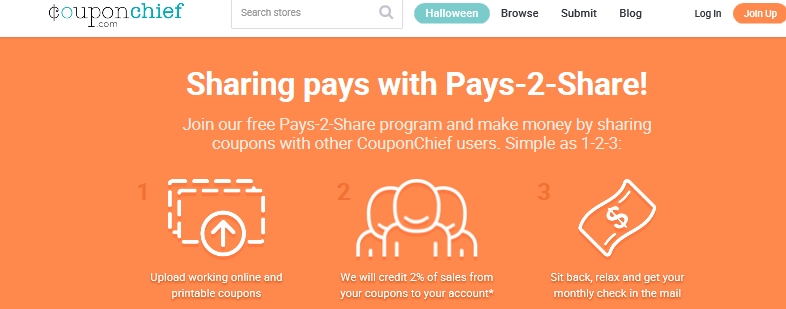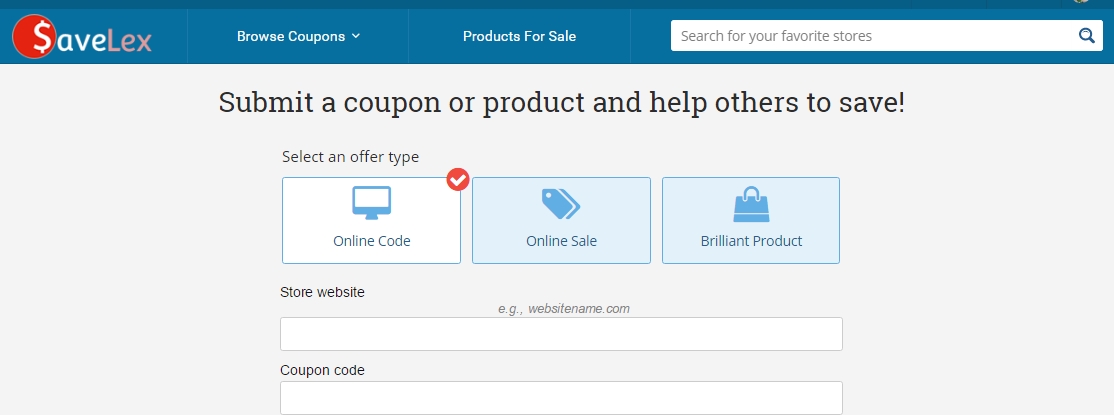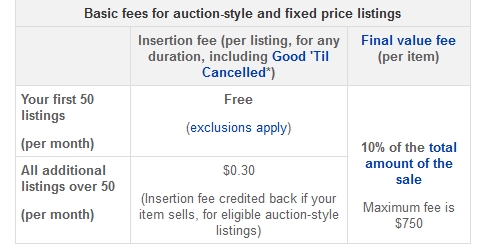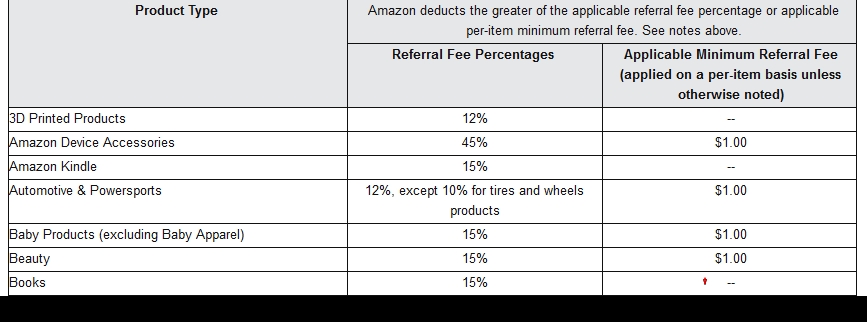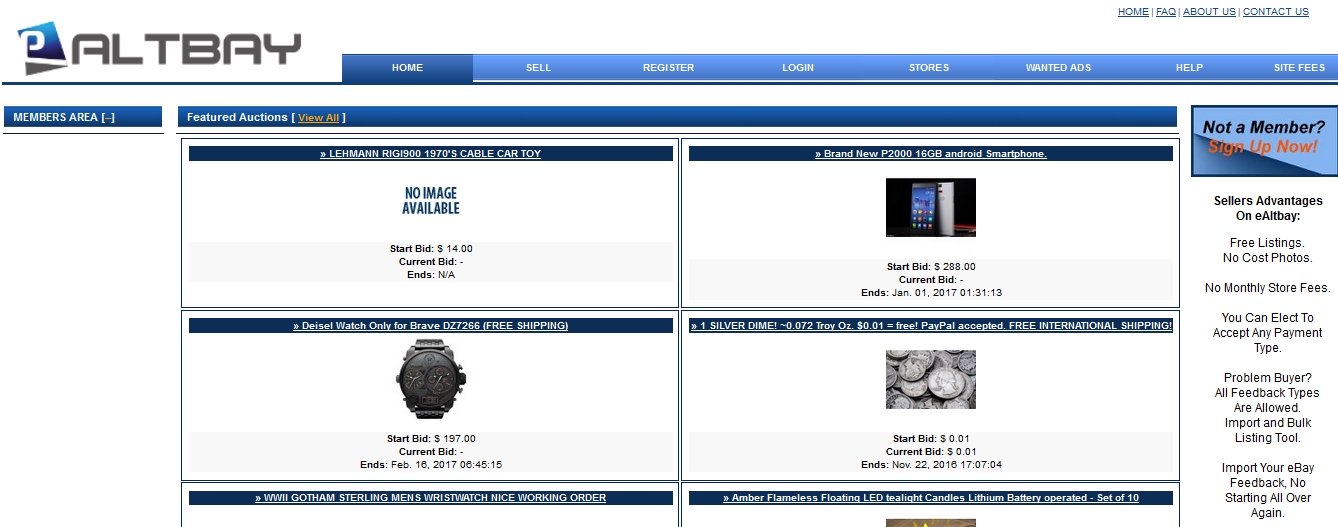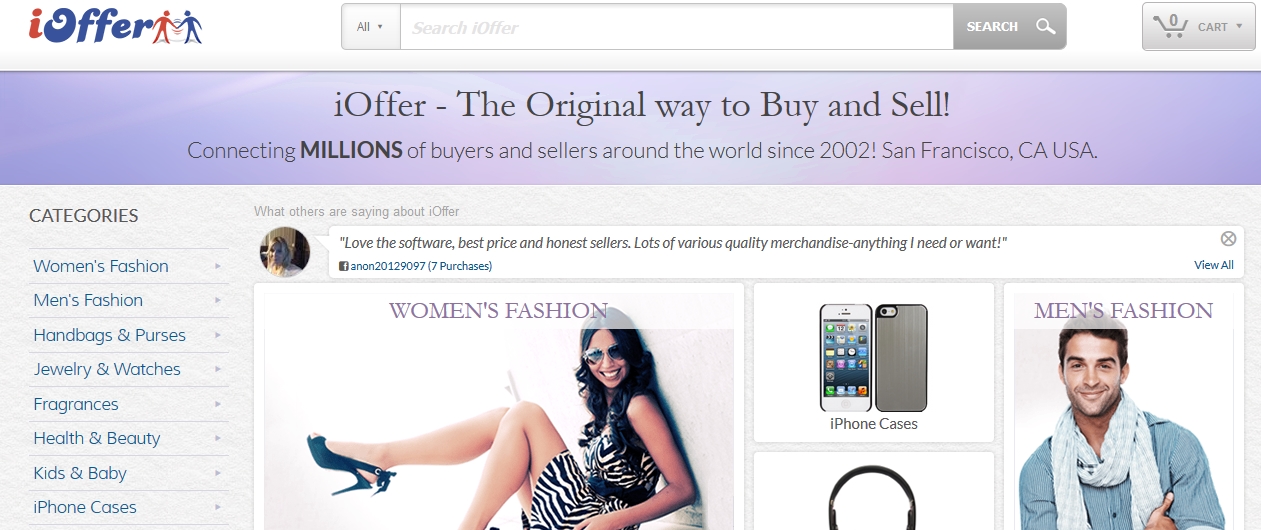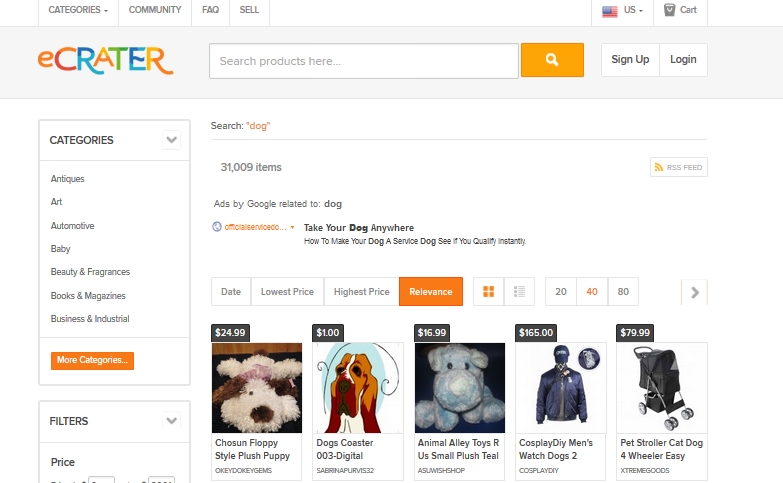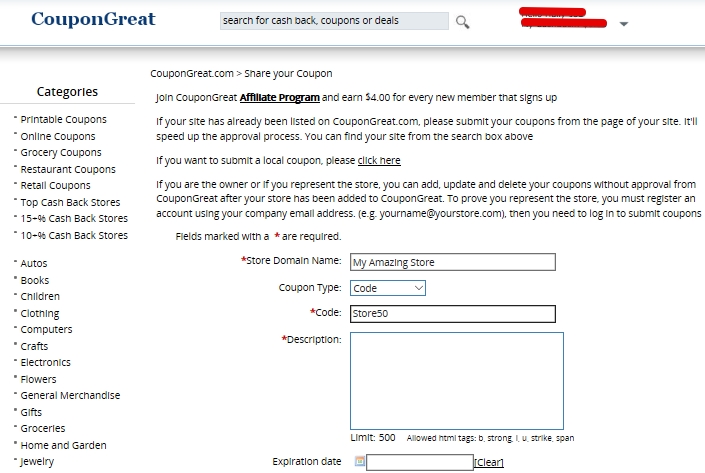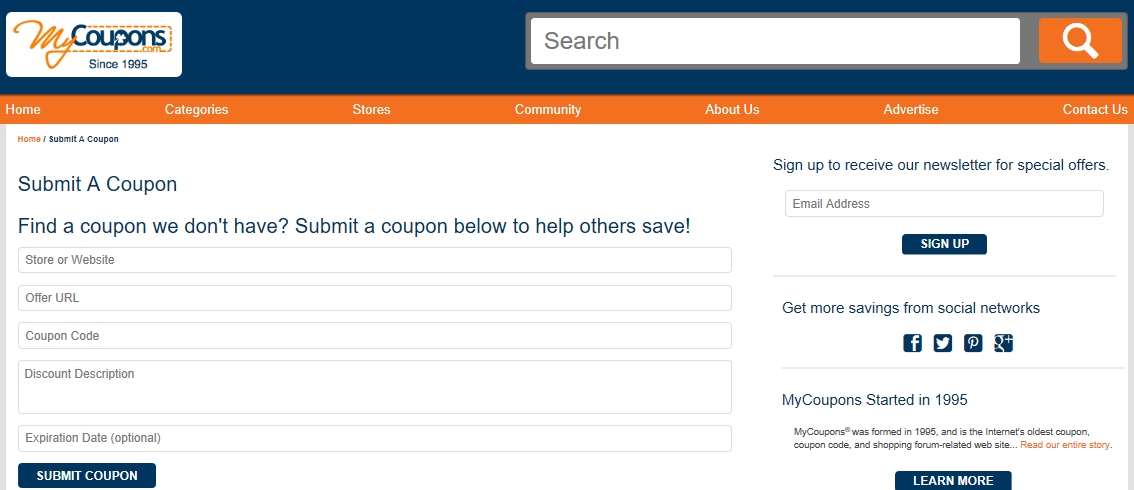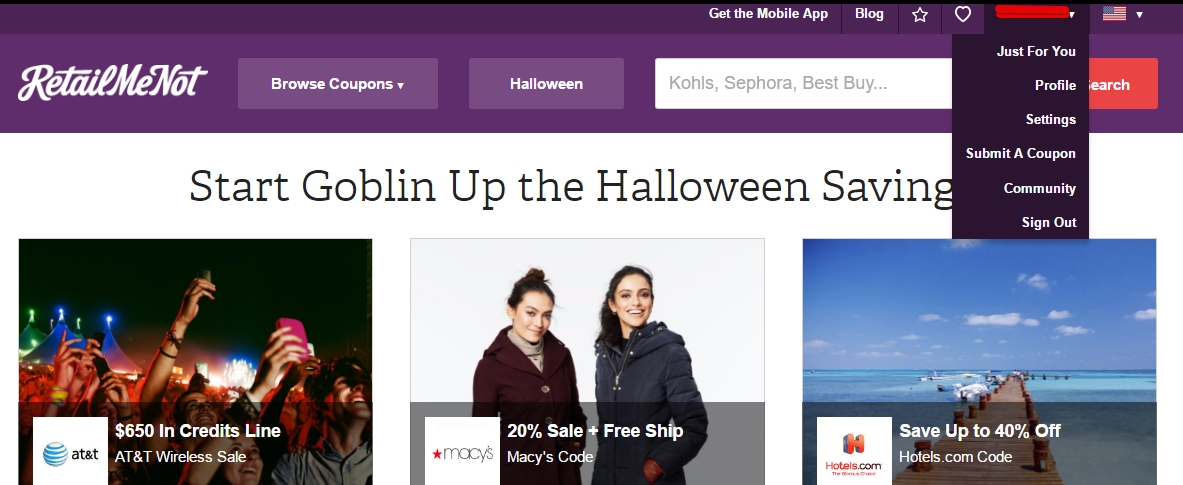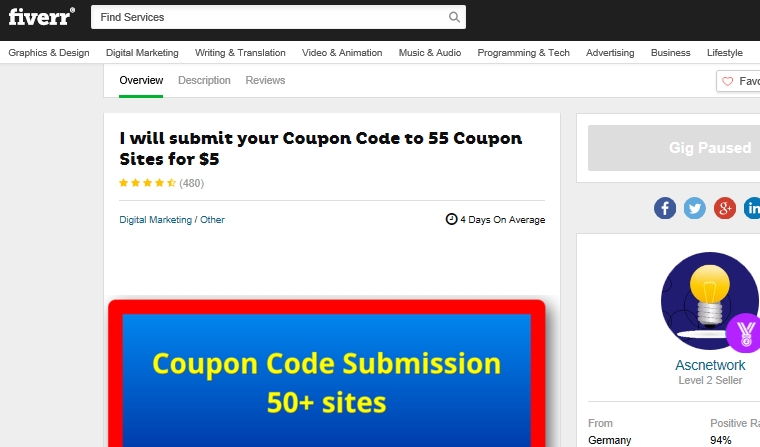Everybody loves to get a deal whether they are buying online or not. In fact people are more willing to open their wallets when they think they are getting a bargain.
This can have a tremendous effect for your e-commerce site, helping you to increase sales, shift stock and create brand awareness.
Coupons are by far the easiest type of discount to use as most e-commerce platforms allow for a discount code to be entered. As well as that they are perhaps the most flexible too.
Coupon Pros and Cons
As with anything there are two sides to the story and while coupons can be very useful, they also can have negative effects.
Pros
- Easy to implement
- Quick injection of cash
- Can help shift stock
- Removes a barrier to entry for first time buyers
- Help increase brand awareness when shared
Cons
- If done wrong, they can be costly
- Not a sustainable method of promotion
- Can have a negative effect on branding
- Customers wait for deals if used too much
Types of Coupons
Coupons generally focus on price, but can also be used in other ways:
Percentage Based Discount
This is probably the most common discount coupon around, and it’s where you offer a percentage (e.g. 10%) off the cart amount. You can also offer a discount on a specific item rather than the cart.
Dollar Amount Discount
Similar to percentage, but this is a flat amount (e.g. $10) off the cart/specific product.
Free Shipping
Put in the code, get free shipping!
Free Gift
By using this code, your customers would have an item added to cart with a 100% discount.
Where Should You Display Your Coupons?
Now you have an idea for the type of coupon to use, how will you let people know?
Popups
Popups appear on your website and are a great “in your face” way of letting people know that you have a coupon available.
Call to Actions
A more static way to display coupons, these can be large images, sidebar images, or highlighted content areas within blog posts and product pages.
Emails
Using emails to notify people about your discounts helps spread the information and get people back to your site.
Coupon Sites
Often people will add items to their cart and then go hunting for a coupon. Adding your coupons to the various coupon sites out there is a great way to share the discount. We have a list of some of the best coupon sites here.
Social Media
Tweet it, Pin it, Share it – social media not only allows you to touch base with your followers, but can help increase the number of people who fins your discount.
Other People’s Sites
Bloggers and niche related websites are also an awesome way to share coupons, especially when tied with an affiliate deal.
Different Ways to Use Coupons
Just offering a flat 10% discount at all times doesn’t really help you or your customers. Instead why not use coupons selectively to help maximize excitement and sales while minimizing the costs to your business.
Daily/Weekly/Monthly
Offering a regular discount code can be used to help even out poor performing periods and help shift under-performing products. Be careful with this though as discounting too often can have negative effects.
Pre-launch
If you haven’t launched yet, or if you’re soon to be launching a new product/product line, then offering up a pre-launch discount can help to create hype and sales, especially if combined with a pre-order system.
Holiday/Seasonal
Valentines, mother’s/father’s day, Halloween, Thanksgiving and Christmas are all popular periods for discounting, and perfect time for offering coupons.
As well as those, you could look to offer coupons for niche related “holidays”, such as National Sci-Fi Day, National Ferret Day and National Leave the Office Early Day (there’s pretty much a national day for everything…!)
First Time Shopper
Offering a discount for first time shopper is an excellent way to sway those that might not be ready to make a purchase yet.
Customer Loyalty
Tracking your customer sales is easy with most e-commerce system, so why not reward a loyal customer by sending them a coupon code just for them after they spend X amount in your store.
Post Purchase
After someone has purchased with you, send them a coupon code for future purchases. This can not only increase customer satisfaction but could help improve the chance of repeat custom.
Exit Intent
If you’ve ever looked into marketing techniques you may have come across Exit Intent. This system detects when a customer moves their mouse outside of the browser window (which usually means they are going to close the window or go to another site.
Offering a discount at that point could sway people to stay and buy.
Email Subscription Lead Magnet
A Lead Magnet, or in plain speak a bribe, is a method of sweetening the deal to get people to sign up to your mailing list. Often these take the form of free e-books, email courses and the like, but as an e-commerce store you can also offer a discount coupon.
Abandoned Carts
One of the main areas where e-commerce sites lose potential money is when a customer adds to cart and then abandons the cart.
There are many reasons for this, but if the customer is logged in and known you can perhaps save the cart by sending them a discount code. It’s a wise idea with this system to also save their cart content so that they can go back to the site with the cart content intact which reduces further barriers to buying.
Volume
If you’re looking to sell as much as possible why not offer a coupon that provides a discount for bulk purchases.
Cash for Credit
This is a type of cash back method, but one that keeps people tied to your store. The idea is that when the coupon is entered, and a purchase made, they receive an amount of store credit that can be used for future purchases.
E.g. if someone spends $100 they may receive $20 in store credit. This effectively turns the coupon into a flat dollar amount coupon that can be spent on anything in store.
Social Sharing
Instead of spending money with a social media company to increase your social presence, another idea is to give your customers a coupon if they share your (pre-written) message/page/etc on social networks.
Exclusive Offers to Social Followers
This method of using a coupon is to reward your social network followers. You can do this as a flat reward to thank them for being there or tie it to social shares.
Retargeting
This method of advertising has been proven to work at keeping your brand in front of people’s noses.
Not only can it work to bring back visitors to your site, but combined with a coupon code just for those visitors it could help entice them to buy too.
Influencer / Partnerships / Affiliates
Giving certain social media influencers, business partners or affiliate coupon codes can help drive new customers to your door.
Referral
Referral marketing is when you ask your existing customer base to refer a friend or family member to your site. You can use coupon codes to help facilitate this, both as an incentive to the new customer and as a reward to the referrer.
A Word of Caution
Using coupons to increase sales and brand awareness is definitely a useful strategy for any e-commerce site. I mentioned the cons earlier but I want to expand on a few things that you really need to be aware of.
Use Expiration Dates
Limiting the time that a coupon is active for not only adds a sense of urgency in the customers mind, but also helps to reduce your own liability.
Imagine a coupon that has no expiration, and suddenly 6 months later it goes viral, just when your own cash flow is perhaps not the best. That could turn into a really bad situation.
Using expiration dates means that you won’t get hit with unexpected surprises down the road.
An alternative to expiration dates is to limit the number of coupon uses, but this is harder to manage and needs to be clearly stated so there’s no customer backlash.
Run the Numbers
Make sure that your business can afford the discount! If your margins are already low, why make them lower? In that case I’d suggest trying an alternative method of generating sales.
Of course, sometimes it’s worth making little or even nothing if it means shifting a slow selling product.
Your use case will always be unique but just make sure you know what sort of financial situation you will be put in if you use coupons.
Generic or Specific
If the numbers look bad for using a coupon that can be applied to any product, try running the numbers with the coupon for just specific products or categories – that way you can generate sales without losing money.
Don’t Get Carried Away
Some business owners think that using coupons is an everyday thing, but it shouldn’t be. Not only can it ruin a brands reputation (especially for higher priced goods), but people can come to expect your discounts and wait for a discount before buying. This can put additional strain on your finances.
Instead, use coupons sparingly and know exactly why you are offering a coupon and what benefits you want to gain from it, before offering it.
Bottom Line
Hopefully this article has provided you with some idea on how to effectively use coupons with your e-commerce site.
Do you use coupons in different ways? Let me know in the comments.
